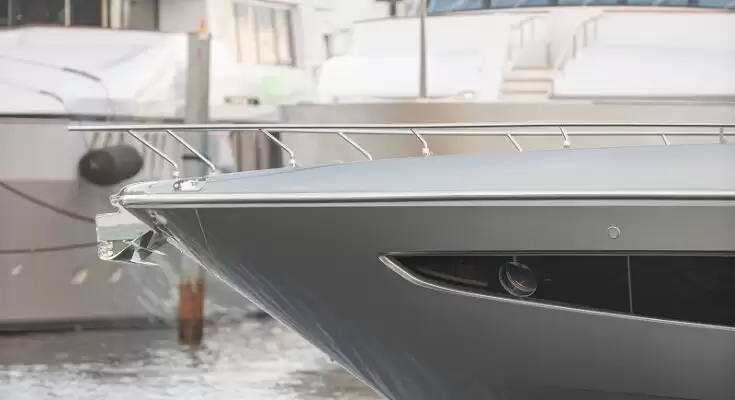When it comes to exploring the depths of our oceans, marine surveying is an essential tool. It involves the use of advanced technology to gather information about the seafloor and the water column, providing researchers with valuable data about the ocean’s ecology, history, and natural resources. From autonomous underwater vehicles to multi-beam sonars, marine surveying technology has improved dramatically in recent years, enabling scientists to explore new frontiers and make significant breakthroughs. In this blog post, more information will be given on how to explore the cutting-edge technology used in marine surveying and its benefits.
Drones
Drones or unmanned aerial vehicles (UAVs) are now used in marine surveying to inspect and assess ships’ hulls and parts that were once inaccessible. Drones can gather high-definition images and videos in real-time, providing an accurate and detailed representation of a vessel’s structure, condition, and location. This technology can save time and cost while ensuring that personnel’s safety is not compromised.
Autonomous Underwater Vehicles (AUVs)
One of the newest and most exciting developments in marine surveying is the use of autonomous underwater vehicles (AUVs). These unmanned submarines can travel long distances, record data, and take high-resolution ocean floor images. AUVs are equipped with sensors and cameras that can detect everything from shipwrecks to undersea vents and help researchers understand how underwater ecosystems function. AUVs can work continuously for several days and can be programmed to follow a specific route, making them a highly effective tool for exploring the deep ocean.
Multi-Beam Sonars
Multi-beam sonars are another essential technology used in marine surveying. These instruments use sound waves to create detailed 3D maps of the seafloor. Multi-beam sonars are capable of penetrating deep into the ocean and can be used to detect objects hidden in the sediment, such as buried artifacts or ancient shipwrecks. They are also an effective way to study the topography of the ocean floor, providing valuable information about volcanoes, canyons, and other geological features.
Lidar
Lidar (light detection and ranging) is another technology used in marine surveying. It works on a similar principle to radar but uses laser beams instead of radio waves. Lidar can be used to create accurate 3D models of the coastline and can be used to detect changes in sea level and coastline erosion, allowing researchers to better understand the effects of climate change on the sea.
Underwater Cameras
Underwater cameras are a widely used tool in marine surveying, used to capture high-definition images and videos of the ocean floor and its inhabitants. These cameras can be mounted on AUVs or other remotely operated vehicles and can be used to study everything from coral reefs to sea turtles. Underwater cameras have also been instrumental in discovering new species of marine life, helping to expand our understanding of the ocean’s ecology.
Benefits of Marine Surveying Technology
Marine surveying technology has incredible benefits that go beyond just scientific discovery. It can be used to support offshore drilling activity, helping to ensure that drilling platforms are built safely. It can also be used in the mining industry to locate valuable mineral deposits beneath the seafloor. Finally, marine surveying technology helps to protect our oceans by identifying areas that need to be preserved or protected from development.
Virtual and Augmented Reality
Virtual and augmented reality technology is used to visualize vessel designs and perform simulations to identify potential structural issues and design flaws. Virtual and augmented reality technology displays life-like and interactive images of equipment and structure to examine designs better and identify potential issues before construction. These technologies are used extensively for crew training and improving personnel’s situational awareness on vessels, reducing the risk of accidents.
In conclusion, marine surveying technology has come a long way in recent years, and the advancements have opened up new avenues of exploration and discovery. From autonomous underwater vehicles to multi-beam sonars, the tools available to marine researchers are allowing us to deepen our understanding of the ocean and its ecosystems. With these technologies, we are better equipped to protect and preserve our planet’s natural resources.
